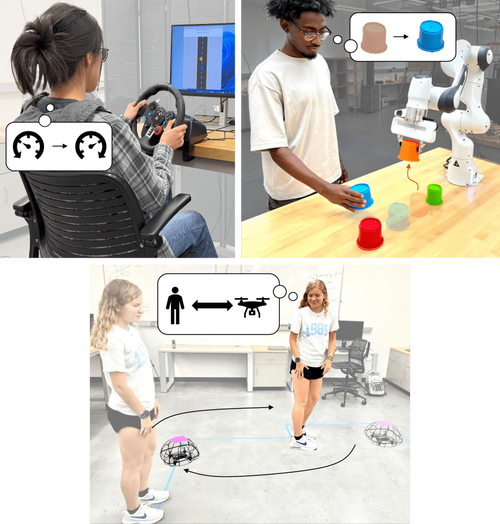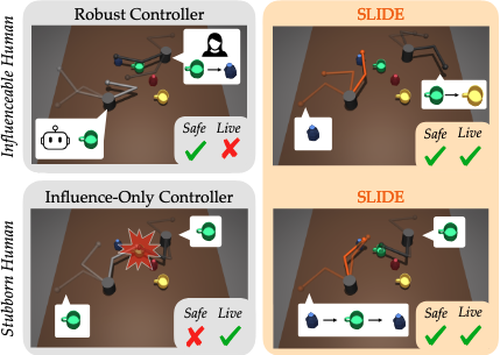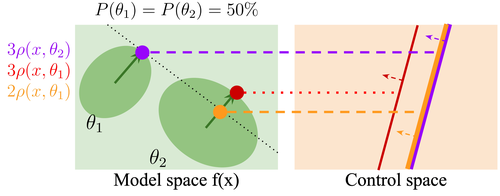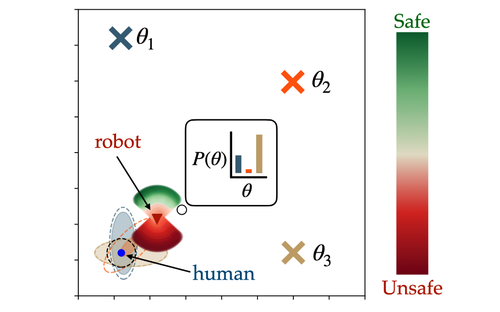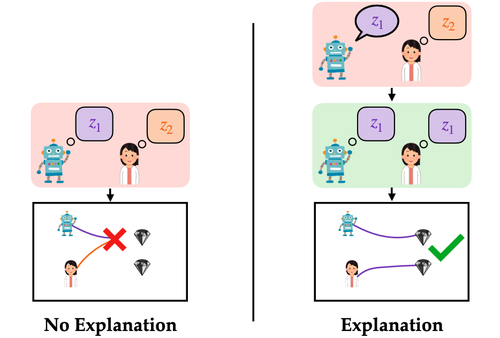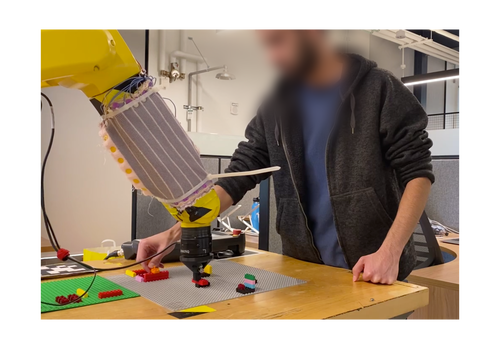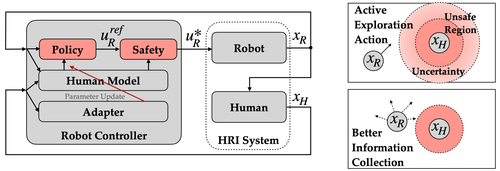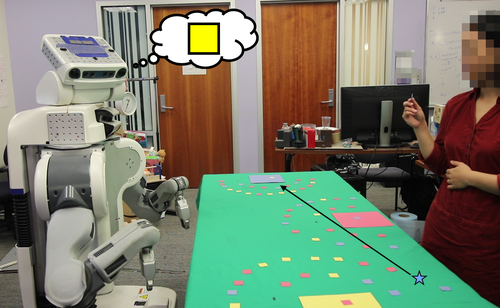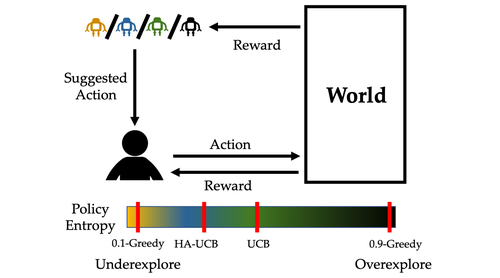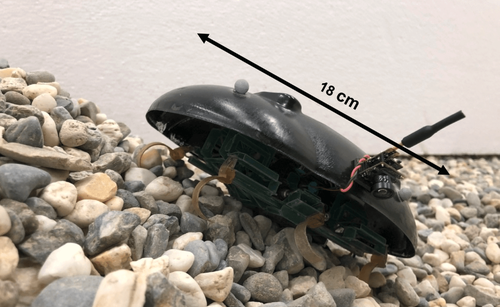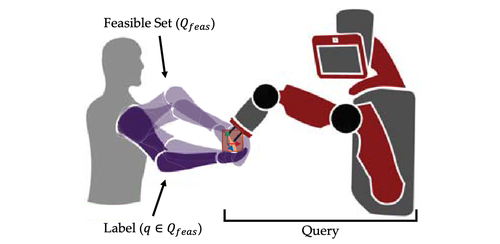Ravi Pandya
PhD Candidate
Carnegie Mellon University
I am a Ph.D. Candidate in the Robotics Institute at Carnegie Mellon University advised by Prof. Changliu Liu and Prof. Andrea Bajcsy. I am grateful to be funded by the NSF Graduate Research Fellowship. My PhD thesis is on using data-driven methods (e.g. reinforcement learning, trajectory forecasting, LLMs) to enable robots to safely interact with humans while accounting for the influence they have on peoples’ actions and intentions.
Prior to joining CMU, I worked as a Data Scientist at Ericsson where I used ML and multiagent reinforcement learning for optimizing radio networks. I also previously did research in human-robot interaction at UC Berkeley where I primarily worked with Prof. Anca Dragan, but also had the privilege of working with Prof. Ruzena Bajcsy.
📣 I will graduate in Summer 2025 and am actively seeking Research Scientist/Engineer positions in industry related to AI, ML, and robotics. Please reach out if you think I would be a good fit!
Interests
- Machine Learning
- Artificial Intelligence
- Human-Robot Interaction
- Optimal Control
Education
-
PhD in Robotics, 2020 - Present
Carnegie Mellon University
-
BS in Electrical Engineering and Computer Science, 2015-2019
UC Berkeley
